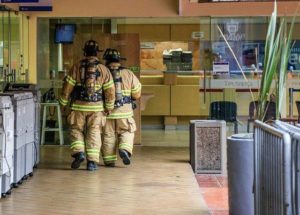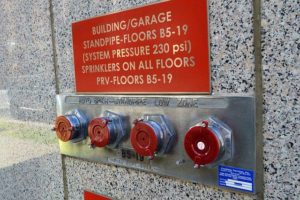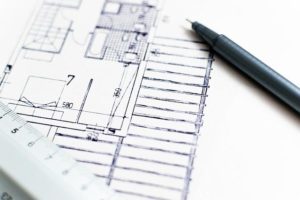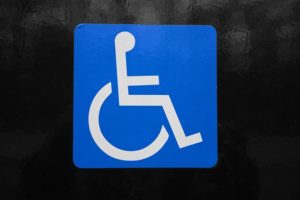Introduction to the International Building Code (2018) & International Fire Code (2021)
In 2018, the International Code Council (ICC) released the latest iteration of the International Building Code (IBC). The IBC addresses everything from building materials, to signage, accessibility, occupancy and more. In the United States in particular, the IBC is the code most prevalent with regards to building and construction, and often serves as the starting point for jurisdictions across the country.
In 2021, the ICC released the latest iteration of the International Fire Code (IFC). The IFC builds off of work by the ICC on codes for the IBC, the International Plumbing Code (IPC), International Fuel Gas Code (IFGC), and more, to focus specifically on a set of base requirements for fire prevention and protection systems.
As with all ICC codes, the implementation of IBC and IFC varies per jurisdiction, as does their enforcement.
History of ICC
According to StrategicStandards.com, “Building codes were first seen in the United States in the early 1700’s AD. George Washington and Thomas Jefferson encouraged the development of building regulations to provide minimum standards to ensure health and safety of our citizens.”
Since that time, a growing interest in coalescing various building codes to form a standard set of codes that companies could consult when constructing and adapting structures led to the creation of various building codes.
Ultimately, after a variety of codes and standards were created and used in different jurisdictions, the International Code Council (ICC) was created in 1994 to clear up confusion. According to ICCSAFE.com, “[the ICC] brought together three different organizations that had developed three separate sets of model codes throughout the U.S.: Building Officials and Code Administrators International, Inc. (BOCA), International Conference of Building Officials (ICBO) and Southern Building Code Congress International, Inc. (SBCCI).”
Among the facets of new construction and renovation that the IBC codified, and the elements of protection and prevention codified by the IFC, signage remains a key component.
IBC & Accessibility
Of particular note, the IBC requires standards for accessibility including signs that showcase the available use of emergency shelters, accessible parking spaces, assistive listening systems, and directional signage.
Source: https://codes.iccsafe.org/content/IBC2018/chapter-11-accessibility
IBC & Signage Permitting
Though this varies by jurisdiction, Appendix H, Section H101.2 of the IBC highlights some signage that may be exempt from permitting prior to construction:
- Temporary, non-illuminated signs displaying “For Sale”, “For Rent”, or similar messages
- Transportation signs installed by state and gov’t transit authorities
- Signs that do not extrude beyond 2.5 square feet
Source: https://codes.iccsafe.org/content/IBC2018/appendix-h-signs
IFC & Signage

Much like the IBC, the International Fire Code (IFC) also has rules with regards to signage for new constructions and renovations. Fire Codes like Building Codes also vary by jurisdiction; however, what’s of utmost importance ultimately to firefighters on the scene is that when on location they know where they are, where they need to go, where hose connections are located, and the location of any and all access points. This means that throughout the building or rooms in a complex, key locations should be clearly marked and designated with proper signage.
Source: https://codes.iccsafe.org/content/IFC2021P1/
We know codes so you don’t have to! Call us today 1-866-867-9208 to see how our project managers can guide your sign project to success.
(Republished from OrtweinSign.com)


